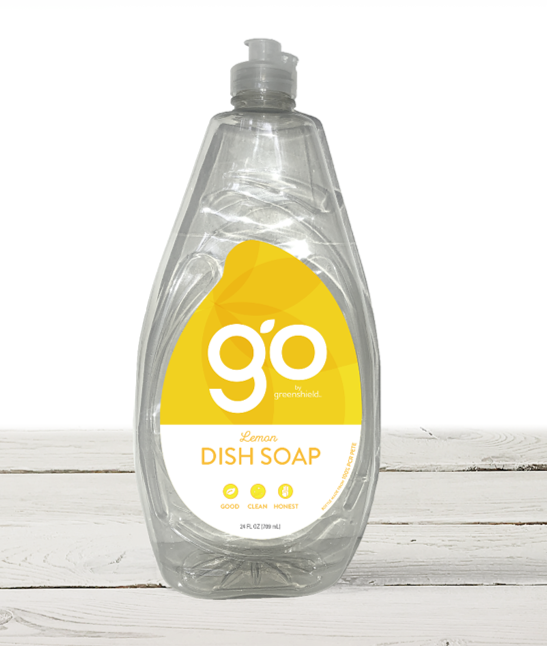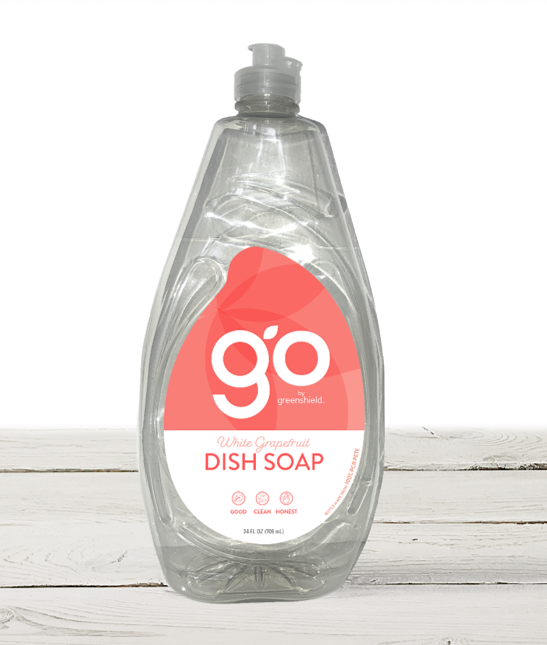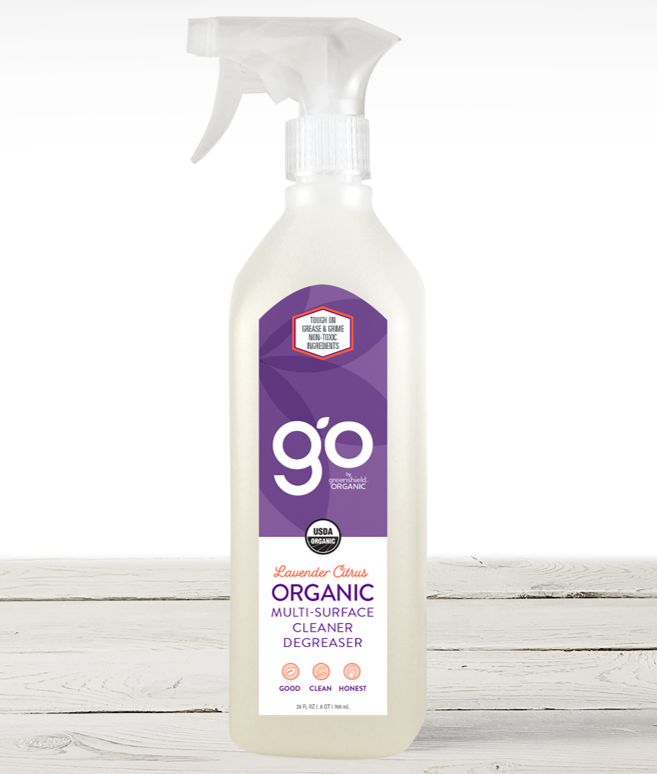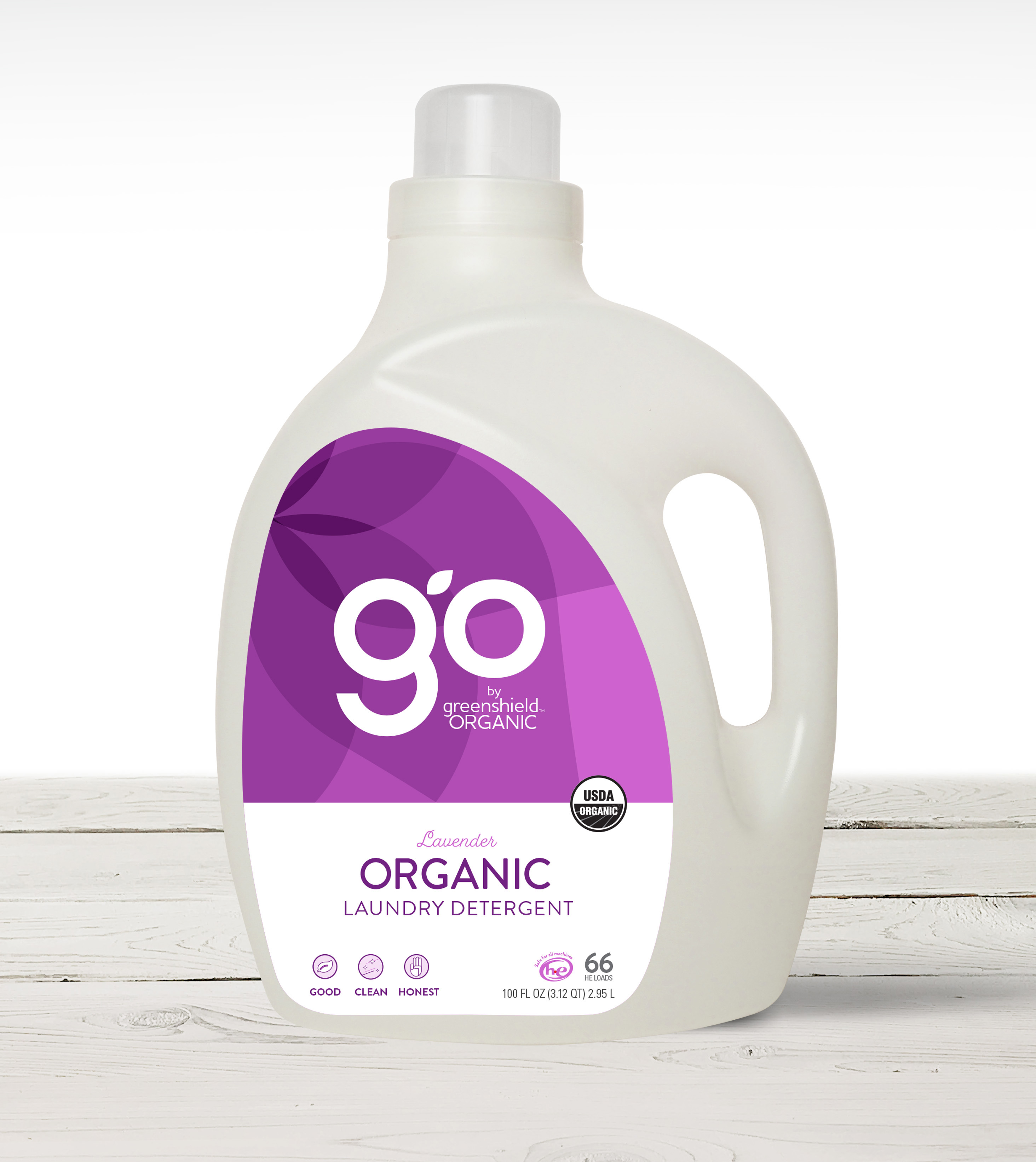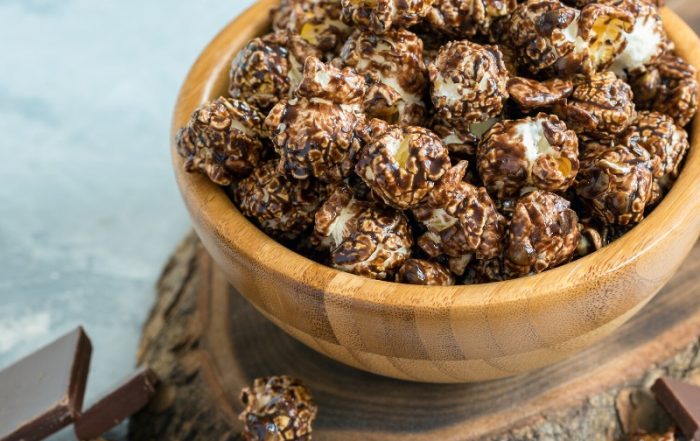10 Creative Vegetarian Meat Alternatives
October 1st marks World Vegetarian Day and its more important than ever to consider going meatless! In honor of our commitment to creating cruelty-free cleaning products, we’ve put together a list of 10 Creative Vegetarian Meat Alternatives to inspire you to reduce your consumption of animal products and commit to a vegetarian or vegan lifestyle!
Becoming a vegan or vegetarian is more than just a dietary change, it’s a commitment to sustainability. By reducing our consumption of animal-based products we can help make a difference to our planet and health. Livestock production and feed is a major contributor to greenhouse gas emissions and deforestation. It also affects air and water quality around the globe and results in unnecessary cruelty to animals.
In fact, if the entire world were to switch to a plant-based diet tomorrow it is projected we could reduce carbon emissions by up to 70% (Source: Veganism Impact Report)! In addition to eating less meat, when you shop for cosmetic and household products always be sure to look for the Leaping Bunny logo to help further your impact. This symbol, found on all of our bottles, ensures your products do not contain animal products or bi-products and are never tested on animals.

If you’re worried giving up meat means you’ll have to sacrifice flavor or your favorite recipes, think again!
These 10 vegetarian options can be used to create tasty and nutritional twists on almost any classic dish, and provide exciting new options to freshen up your menu.
1) Grains and Seeds (Rice, Quinoa, Polenta)
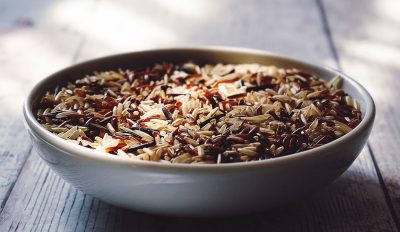
A variety of grains and seeds substitute well for meat, adding density and sweetness to your favorite recipes. Rice, quinoa (similar to a whole grains, but technically a seed), and polenta (made of cornmeal) are loaded with fiber and protein, providing texture and structure to many classic dishes. Enjoy them on their own or add them to everything from stuffed vegetables and wraps to casserole dishes and veggie burgers. You can also use them as a base for doughs to create other forms of meatless patties, balls, pastas, sandwiches and more. See how quinoa provides texture and flavor to our savory Vegan Black-Beet Burgers, here.

2) Imitation Meats
We’ve mentioned imitation meats before (see our blog post 10 Ways to Go Vegan on Memorial Day for some of the best) and for good reason. From imitation hotdogs, burgers, sausage, bacon and more—imitation meats make it easy to reduce your consumption of animal-based products. Made to look, taste and resemble similar textures to your favorite meats, they are made exclusively with vegetarian ingredients, and are often vegan-friendly as well.

Most imitation meats are made with soy protein, wheat gluten, or texturized vegetable protein that is then processed, heated, or fermented to more closely resemble the texture of animal protein. They can come raw or ready-to-eat, and are so good at faking it that many people can’t tell the difference!
3) Jackfruit
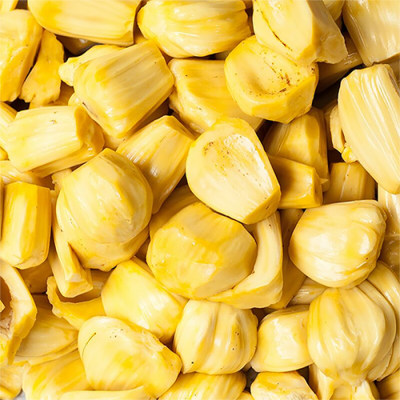
Jackfruit is a tropical species of tree belonging to the fig, mulberry and breadfruit family. Loved by vegans and vegetarians for its dense and stringy meat-like texture, the jackfruit’s flavor can range from mellow to sweet depending upon its maturity. Jackfruit trees produce massive, green, oblong fruits with a bumpy, fleshy exterior. The average size of the fruit is about 10 to 25 pounds, but it can grow up to 3 feet in length and weighing upwards of 80lbs! On the inside, this jumbo-sized fruit contains many pale-yellow, plump bulbs, which are edible and joined at the core. The seeds can also be cooked, eaten on their own, or ground into flour. Jackfruit bulbs can be cooked and enjoyed as a meat substitute for tacos, BBQ and more. Check out our delicious recipe Vegan BBQ Jackfruit to see how!

4) Legumes
Many great foods belong to the legume family, including beans, lentils, peas, lupins, carob, soybeans, alfalfa and even peanuts! Legumes can be added to vegetarian recipes, or used to replace meat. While their textures and flavors vary, most legumes are rich in fiber, protein and vitamins, and are naturally low in fat making them a heart-healthy choice. The good carbohydrates in legumes can also provide a steady stream of energy to the body to help stabilize blood sugar levels and your appetite.
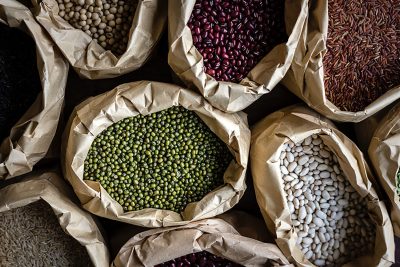
Here are some creative ways to enjoy legumes:
- Add lentils to vegetable soups for added protein
- Add chickpeas or soybeans to stir-fry dishes for a nice crunch
- Fluff up casserole dishes with lentils or beans
- Roast chickpeas in your oven for a crunchy snack
- Serve up hummus dip (made from chickpeas) with fresh veggies for a delicious snack
- Replace meat in lasagna or tacos with red kidney beans
- Create veggie burgers using lentils, chickpeas or beans
- Try legume-based flours, like lupin flour, in your favorite baked goods
5) Mushrooms
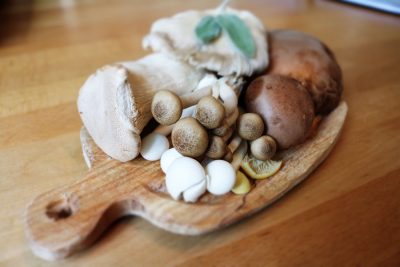
The meaty mushroom, how we love to explore all your colors and earthy flavors. Want a steak? Reach for portobello. Craving pork dumplings? Whip up your own with shiitake. Looking to beef up that soup? Toss in some enoki. The possibilities for mushroom uses are as endless as their varieties are. An estimated 50% of edible mushrooms are considered functional foods, meaning that they have a potentially positive effects on health beyond just basic nutrition. Boasting antioxidants, prebiotics, and anti-inflammatory properties, mushrooms can also help the health of our planet. In a fascinating TED Talk video, world-renowned mycologist Paul Stamets discusses, how mushrooms can:
- Clean up oil spills all over the world
- Absorb farm pollution
- Fight off smallpox and flu viruses
- Combat insects
- Create rich environments for farms and new forests, and
- Become a sustainable fuel source for the future
6) Other Vegetables
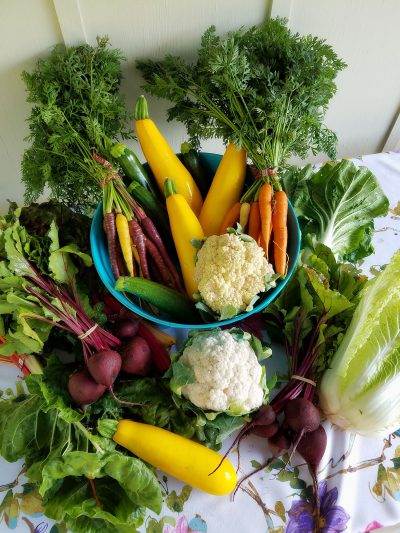
Vegetables of all kinds can be enjoyed over meat, but some make the switch to a meat-free diet a little easier and offer delicious solutions to satisfy those who have not yet taken the plunge. Sweet potatoes, eggplant, cauliflower, beets, avocado and squash are just some of our favorite vegetables to replace meats and create vegan-friendly dishes. Avocado’s creaminess can easily replace dairy and egg-based sauces and spreads in almost any dish. Toss cauliflower in the oven to bake up vegetarian “wings” or vegan-friendly pizza crust. Beets add flavor and enticing colors to veggie burgers (peep our recipe, here), and squash’s long shelf life make it staple in our fridge beyond the fall season (see our roasted squash recipe, here).
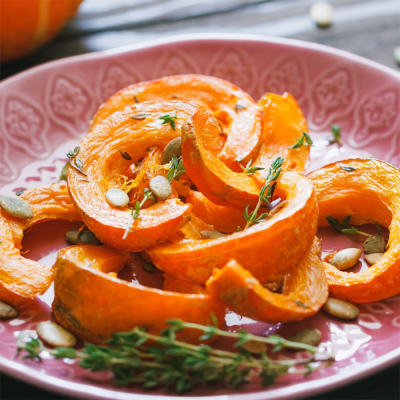
7) Seitan
Seitan (also known as wheat gluten) is a food made from the main protein of wheat. It is made by washing wheat flour dough with water until all the starch granules have been removed, leaving the sticky insoluble gluten as an elastic mass which is then cooked before being eaten.
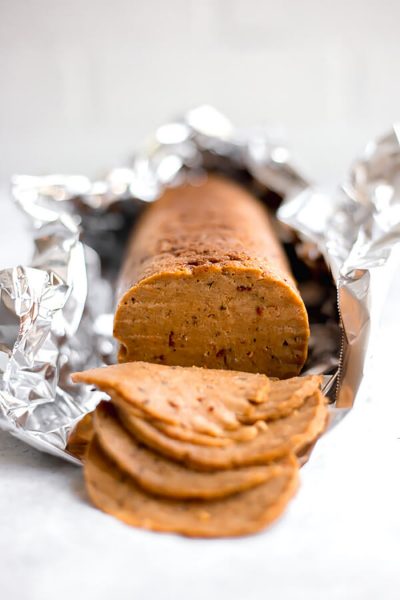
Seitan has a mild flavor with a chewy and stringy texture that resembles meat. Because of its texture and ingredients many prefer seitan over soy-based products for meat replacement. Seitan can be cut and cooked to meet the needs of just about any recipe. It makes a delicious addition to curries, stir-fries, or simply thrown on the grill at your next cookout. Although it lacks some important amino-acids, it’s high in protein, iron and is low in carbohydrates and fat.
8) Tofu
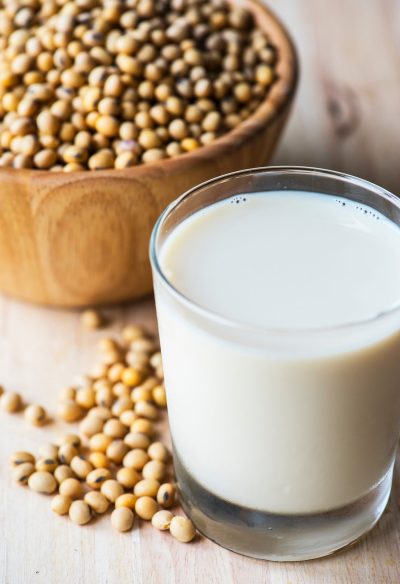
Tofu is made from coagulating soy milk and pressing the curds into blocks of varying softness; silken, soft, firm, or extra firm. While low in calories, tofu is high in protein making it a great alternative to meat. Extra-firm and firm varieties hold their shape well when cooked making them great for everything from traditional asian stir-fries to taco filling (see our recent Taco Tuesday recipe using tofu and walnuts). Silken tofu adds a rich, creamy texture to sauces, desserts and smoothies—perfect for vegans!
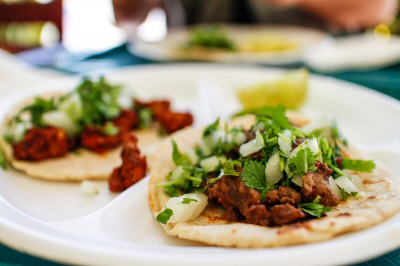
9) Tempeh

Similar to tofu, tempeh is made from soybeans. Whole soybeans are fermented and pressed into firm cakes or patties to create this special power food. Tempeh is generally higher in protein, nutrients and fiber than tofu, and has a distinct tang and nutty flavor. It readily absorbs the flavors of ingredients around it, making it easy to incorporate into almost any dish. Tempeh is chewy and has more of a bite to it than tofu making it a popular vegan bacon alternative. It also makes a great substitute for ground beef, lamb and other popular meats and can be friend to imitate buffalo wings and even crunchy croutons! Although tempeh’s flavor isn’t for everyone, those who love it find that its versatility and texture open a whole new world of options for vegan and vegetarian diets.
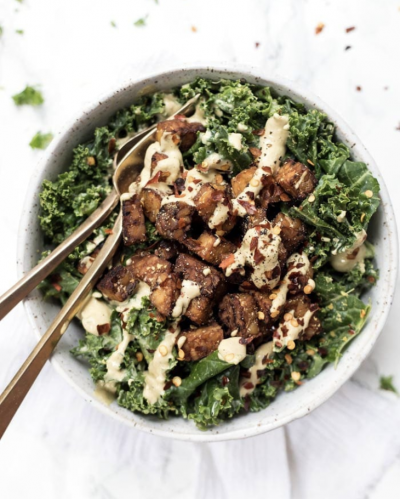
10) Texturized Vegetable Protein (TVP)
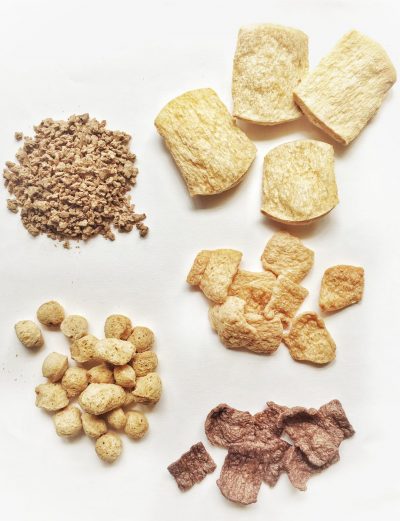
Textured Vegetable Protein or TVP for short, is a defatted soy flour product. Made by extracting soybean oil, TVP is then dried and processed into various sizes (chunks, flakes, nuggets and more) . Because of its crumbly texture it makes an instinctive substitute for any recipe calling for ground beef or turkey. On its own TVP has a rather bland flavor, but when combined with your favorite seasonings it makes a delicious addition to tacos, meatloaf, chili, sloppy joes and more.

Have a vegan or vegetarian recipe you want to share with us? Tag us on social for a chance to be featured on our page!
Disclaimer: This blog is for general information purposes only. It should not be seen as medical or expert advice. While we strive to bring you accurate and professional information on topics featured one this blog, GO by greenshield organic™ makes no representations of warranties of any kind, express or implied about the completeness, accuracy, reliability, suitability or availability with respect to the website or the information, products, services or related graphics contained on this website for any purpose.
SUBSCRIBE TO OUR BLOG
RELATED ITEMS
RECENT POSTS

